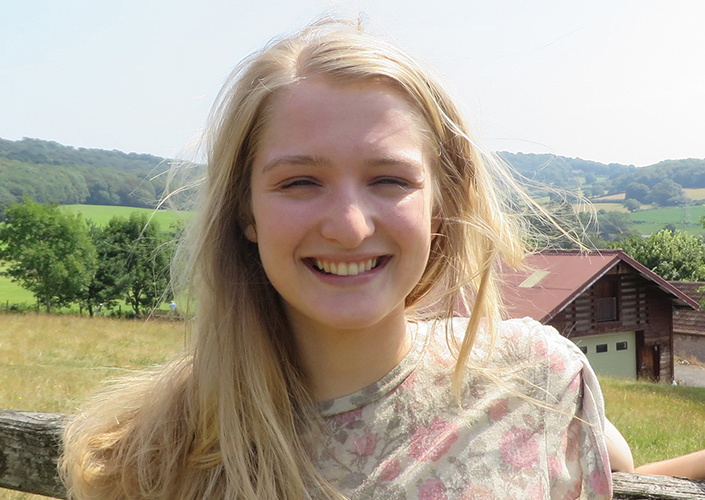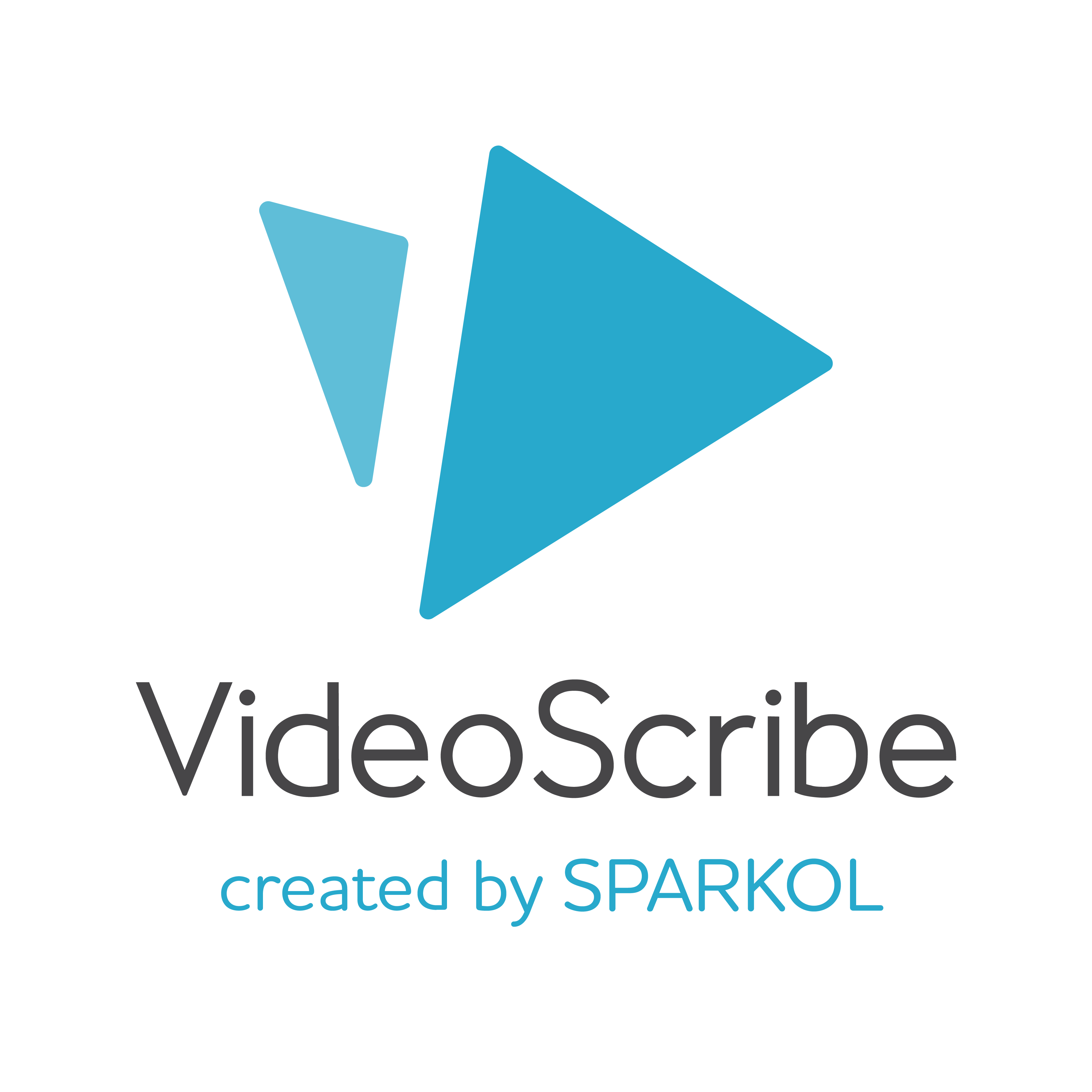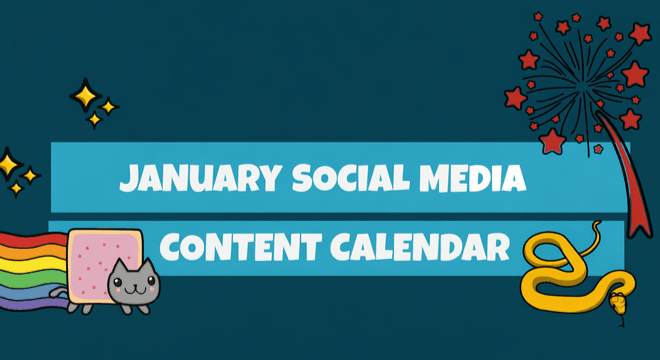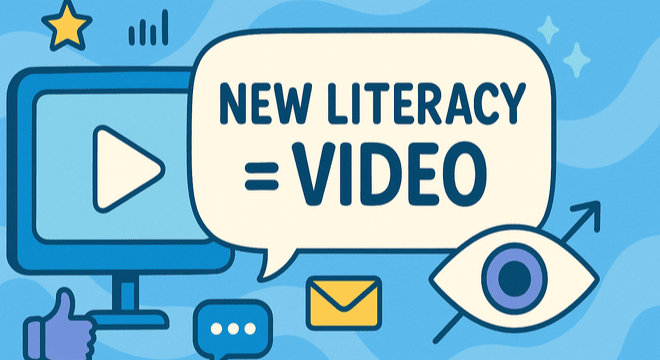
Emma Randall is a freelance illustrator in Bristol. She brings children's books to life with some of the most charming pictures you'll ever see. Emma's also a bona fide VideoScribe pro. Don't miss Emma's tips for turning a script into a scribe.
Hey Emma! Can you explain your scribe-making process for us?
Normally the client provides the script, which I turn into a pictorial storyboard. For a 1-2 minute video, the storyboard will normally be about 4-8 pages long - with 8 frames per page. I then send this back to the client for approval.
Once I have that, I convert the storyboard into SVG images and put them into VideoScribe when the voiceover is available. I usually make minor timing amends at this point before rendering the final video.
Find out more about Emma at www.emmarandall.co.uk
What does the perfect script look like for you?
I look for keywords to illustrate and turn into metaphors. I find that scenes create a great visual representation of what’s being talked about and really involve the audience in the video.
It's good for the script writer to avoid overly complicated language - flowery terminology can be hard for somebody watching the video for the first time. I find clear simple language more effective, where less is more and industry buzzwords are left out.
As soon as I read a script I'm doodling and being inspired about what I should draw for it! It's important to keep the ideas flowing I think, so you can arrive at really great solutions.
Similes and metaphors work really well in scribes - I love it when I see those in the script.
When do you make your most important decisions?
Most of the decisions happen at the storyboard stage. I decide about the flow and the overall picture of the video, always bearing in mind what the client is looking for. I have to think about the video as a whole a lot of the time, how it will fit together and how things will be animated.
I decide which style is appropriate, which colours are required, whether it needs to be in black or white, have spot colour or be in full colour. I think about character style, or if any characters are needed at all - sometimes a more symbolic approach may be more suitable.
But all of the important decisions are determined by the client really - I aim to present them with options for style and content so that they can make the right decisions for their video.
How does a series of images become an animation?
Preparation for animation begins with the initial storyboard sketches really. I think about space on the screen and how the images will fit together.
The order in which the images are drawn helps bring them to life - as does how they are coloured. Drawing characters in several poses in quick succession really brings them to life too. I'm always trying to find the best solution possible for each part of the script.
If the script is short and pacy, I’ll make the transitions fast and the cut-aways snappy.
If the video is long and information-heavy, I tend to slow it down and build up the pictures gradually - piecing it together bit by bit, small image by small image, to help make it more digestible for the audience.
Some great tips here Emma, thank you!
Thanks Daniel!


.png)



![How to create animation magic [3-part guide to video success]](https://blog.videoscribe.co/hubfs/How%20to%20create%20animation%20magic%20guide%20VideoScribe.png)





COMMENTS